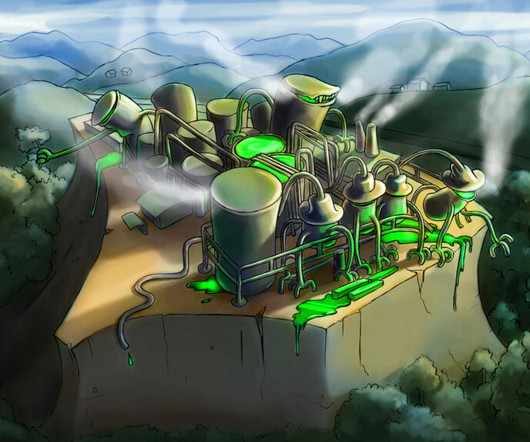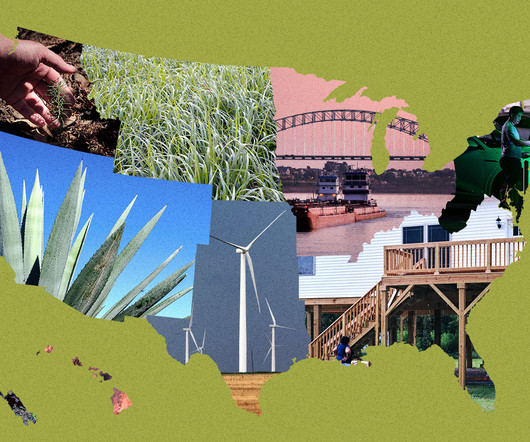Comment: Smart water reuse and flood management technology “could be a vital strategic water asset”
Envirotec Magazine
MAY 13, 2021
Water infrastructure planners should aim to exploit emergent digitally-controlled rainwater storage and recycling technologies to contribute substantially to water demand reduction targets, as well as reducing flood and pollution risks, say experts. Proven successes already. “In















Let's personalize your content